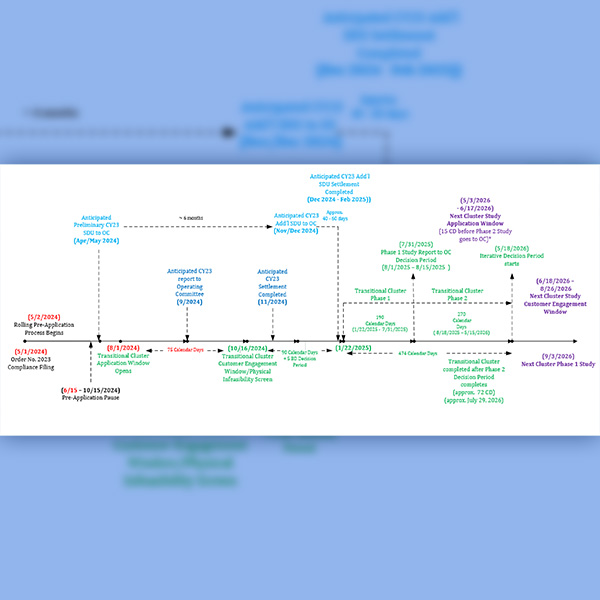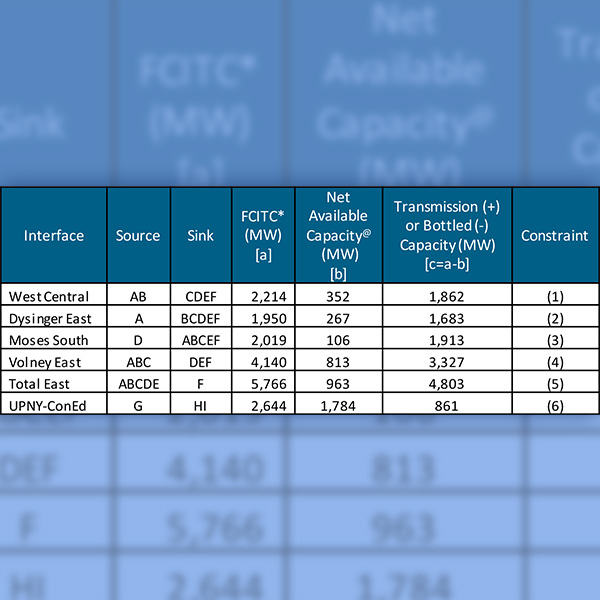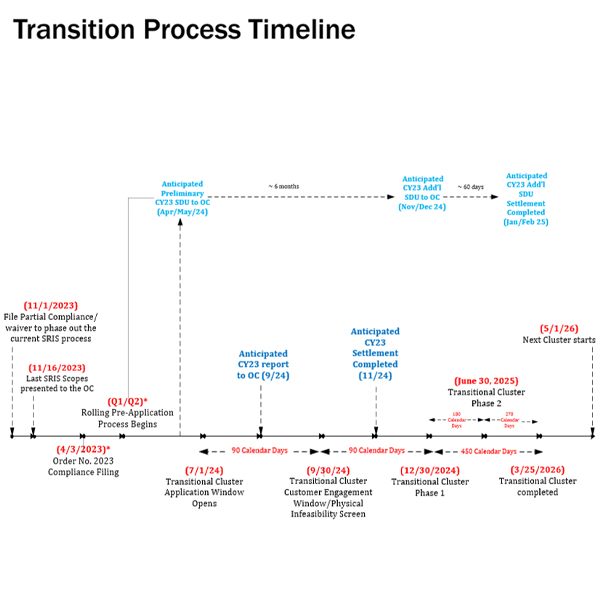Other NYISO Committees
NYISO is proposing to increase the required duration of special-case resources' load curtailment from four hours to six following a survey showing stakeholder support as part of the ISO’s Engaging the Demand Side initiative.
The NYISO Transmission Planning Advisory Subcommittee criticized an ISO proposal to include CEII protection requirements.
NYISO informed the Transmission Planning Advisory Subcommittee and Electric System Planning Working Group it intends to seek a May 2 effective date for Order 2023.
The NYISO Business Issues Committee approved proposed tariff changes to allow energy storage resources co-located with a dispatchable generator behind a single point of interjection to participate in the markets.
NYISO initiated steps toward integrating hydrogen into its market, aiming for technology-agnostic rules to foster clean energy innovation.
NYISO informed the Interconnection Issues Task Force of its intention to no longer accept interconnection requests for its transitional cluster study after April 4.
The ISO's New Capacity Zone study indicates that New York's six highway interfaces have sufficient transmission capacity, making establishment of new capacity zones unnecessary.
NYISO stakeholders continued their criticism of the ISO’s effort to improve its demand response programs, saying it has inadequately addressed their concerns.
NYISO members approved new rules for ambient line ratings and HVDC lines.
Stakeholders are concerned over NYISO’s proposed seven-day decision window and cash deposit requirements for interconnection applicants.
Want more? Advanced Search









